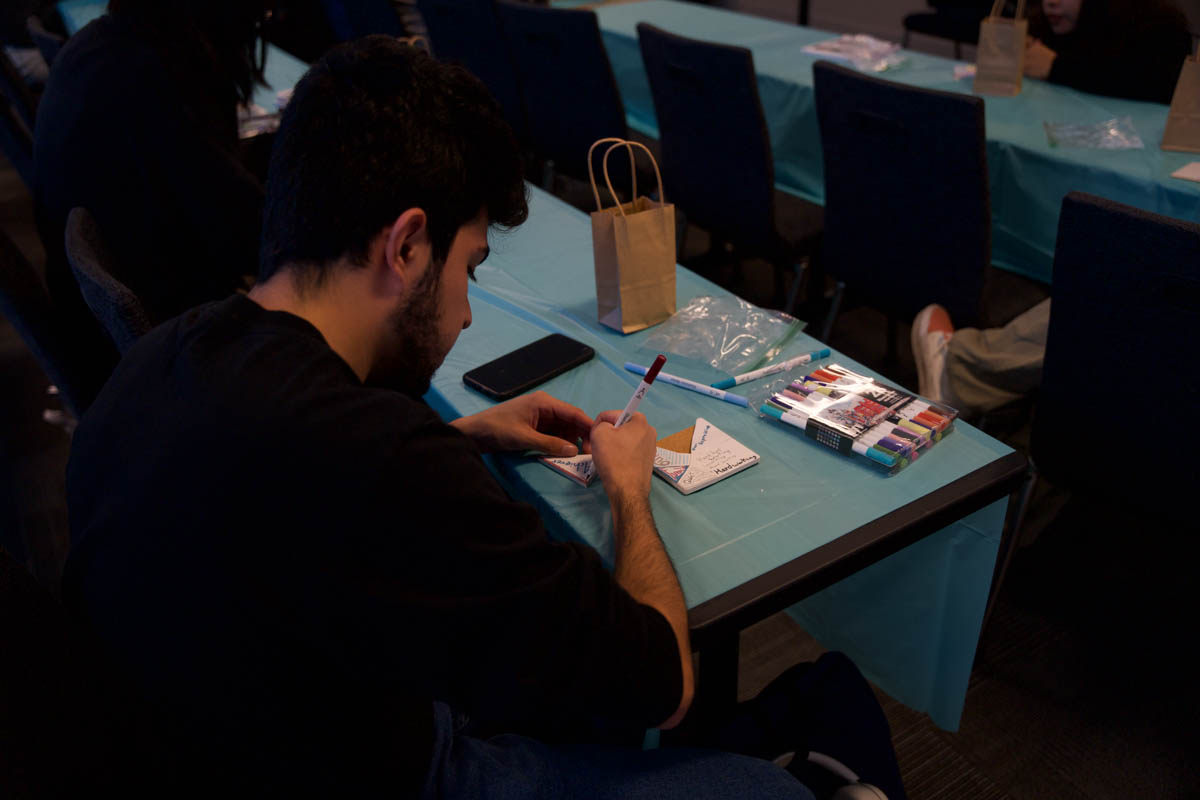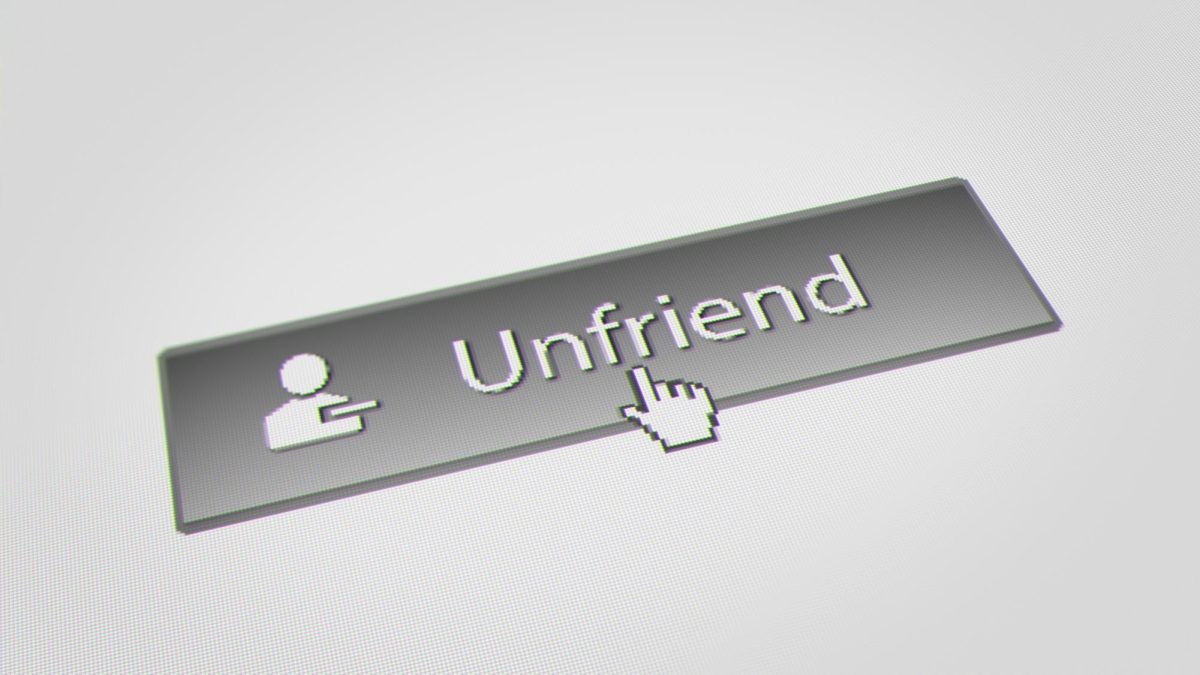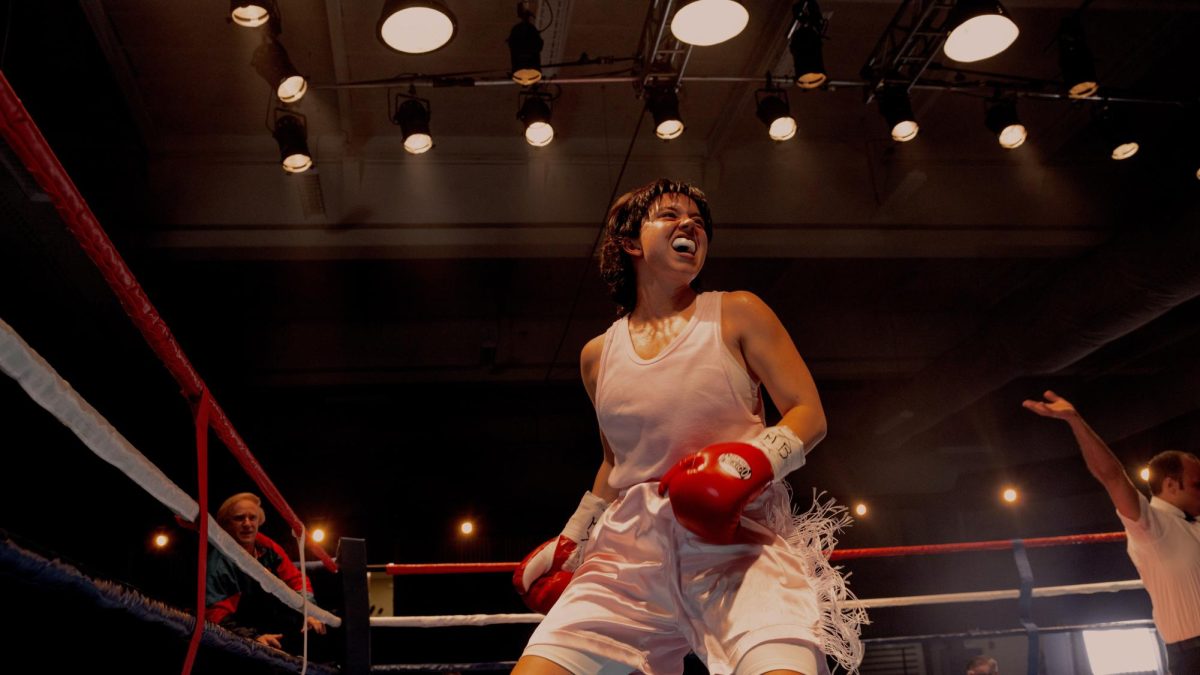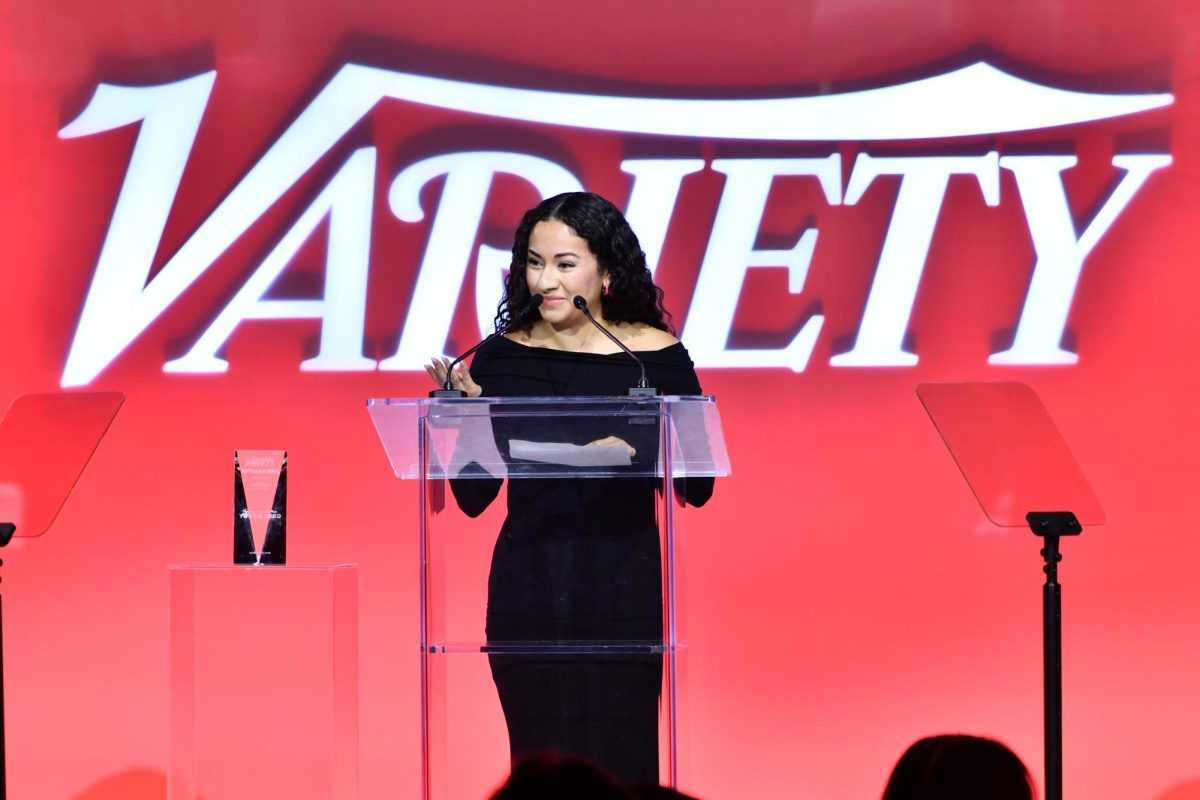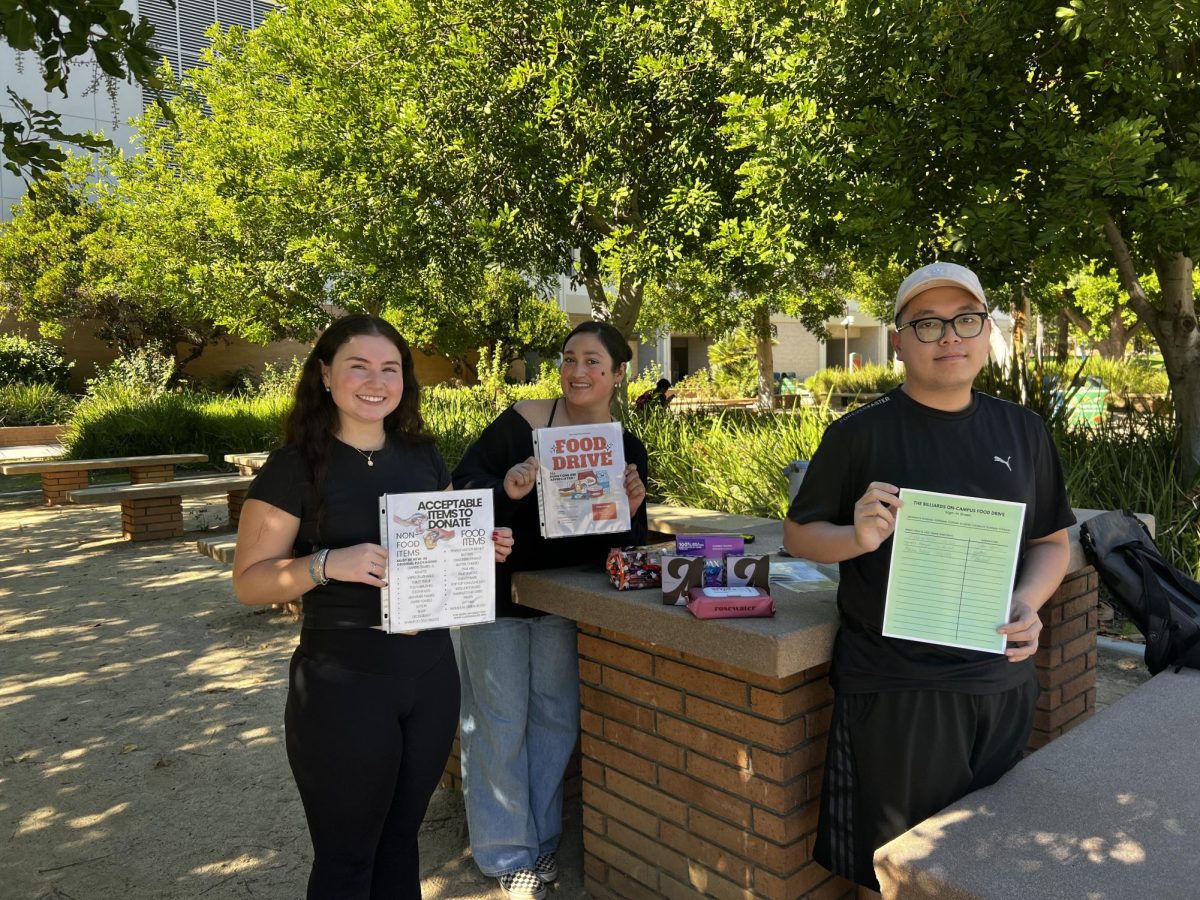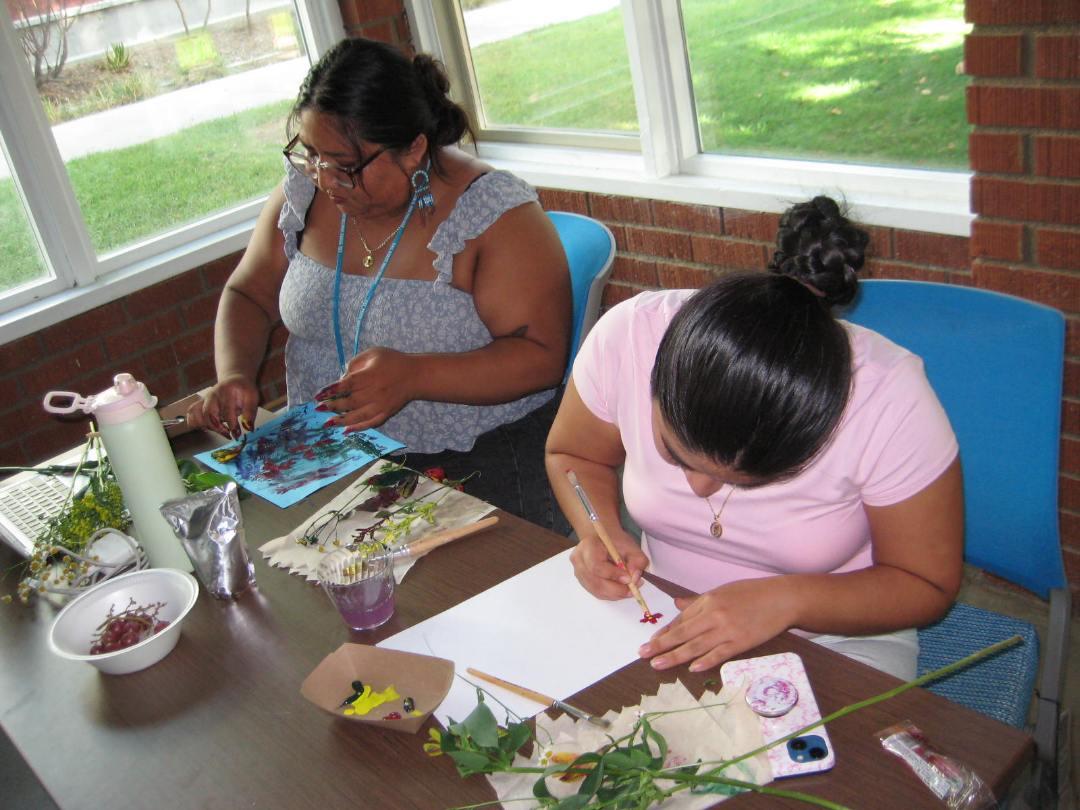As part of CSUN’s annual Sexual Assault Awareness For Everyone Week, Project D.A.T.E. presented a lecture to educate students on the difference between a bystander and an active bystander, as well as how this small shift in knowledge can make a significant difference in preventing assault in social situations.
Project D.A.T.E. is a peer education, date or acquaintance rape prevention program sponsored by University Counseling Services and Strength United.
Project D.A.T.E. President, Rebeca Hernandez, moderated the “Be an Active Bystander” lecture and used the forum to clarify three key behaviors that distinguish the active bystander’s impact on a crisis situation.
First, Hernandez defined the active bystander.
“An active bystander is anyone who assesses a crisis situation to determine what kind of help might be appropriate,” said Hernandez. “Then they evaluate the situation and choose a strategy for responding.”
Too many times, people find themselves caught up in the “bystander effect” – a behavior common to group dynamics, where everyone in the group thinks that someone else is going to do something about the crisis, so the individuals refrain from reacting individually.
“In fact, the larger the number of people in a group, the less likely that someone will come to the aid of the victim,” said Hernandez.
Hernandez listed a quick way to remember how to be an active bystander: the three D’s: Direct, Delegate and Distract.
In a social situation, these tactics are easy and safe ways for students to diffuse a potentially dangerous situation and come to the aid of the person being victimized.
The active bystander can be “direct” by asking questions about the behavior they are witnessing, in order to assess the intent. Questions like, “Is everything ok?” are non-threatening ways to gauge the correct active response.
The next step is to “delegate” the response if the situation is deemed to be too dangerous for a single bystander to address. In that case, Hernandez suggested calling 911 or enlisting the help of a friend.
Finally, one could “distract” by changing the subject or lightening the mood by inviting everyone to leave the area. “Let’s all go out for pizza” was a suggested diversion that brought chuckles from the lecture audience.
During the question and answer section of the lecture, Journalism student Frankie Benkovic asked Hernandez about the connection between Project D.A.T.E. and the recent “Agent of Change” online education course rolled out to all CSUN students.
When pressed for his opinion about “Agent of Change” by Assistant Director of Student Involvement Vicki Allen, Benkovic wasn’t sure that the program was the best way to educate students on potentially dangerous sexual assault situations.
“I’ve already received training in these types of situations before (taking “Agent of Change,”) said Benkovic, “but my friends said that they didn’t think the scenarios were serious enough, especially with the Sims-type characters. My friends didn’t feel connected to it.”
Allen thanked Benkovic for his candid critique of the new education program.
“The goal of this tool is to get a pulse on how students react in certain situations and create a benchmark from these responses,” said Allen.
“This is the first time we’ve launched this particular tool for students, so if this is not an effective tool, the campus really needs to know that,” said Allen. “The last thing we want is a student that doesn’t understand what sexual assault is and then they assault someone and (lives are) changed forever.”
CSUN’s utilization of both “Agent of Change” and the annual S.A.A.F.E. Week events show the importance that the university places on getting that message out to its student community.




